Sometimes it takes a new camera to make you realize how good your old one was!
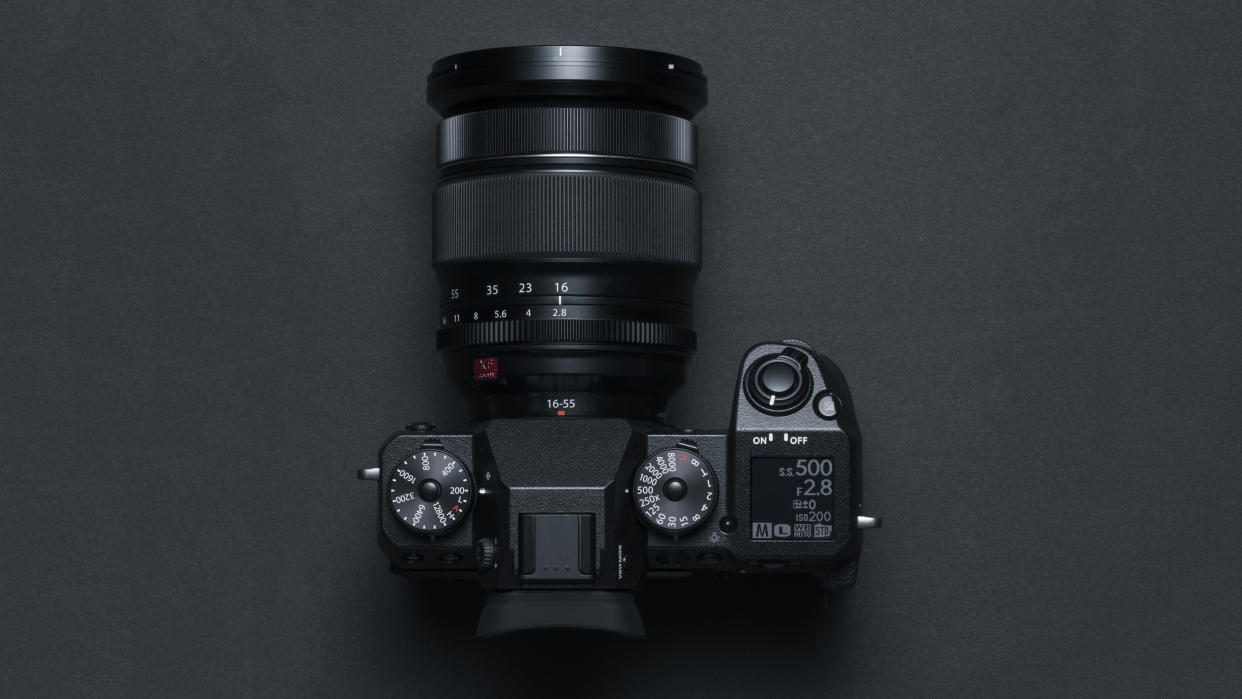
I’m a sucker for a bargain. I’m also not into sports, action and wildlife photography, but travel, architecture and landscapes. So I’m a fairly undemanding stills shooter. But I do like proper handling, proper image quality and a good choice of decent and affordable lenses. I do shoot video, but I use different cameras and devices for that. I don’t try to find one camera that can do everything.
I use more than one camera. I don't need a single camera to be the best camera for video, the best camera for sports and the highest resolution camera available all at the same time.
So these are happy times for me, really, because there are a whole lot of cameras out there that meet my still photography needs perfectly, and because they’ve been technically superseded by newer models, they are now a lot cheaper to buy new or are in plentiful supply in excellent condition on the used market.
This means I can now afford to buy cameras I couldn’t afford before. It’s also led me to take a closer look at some older models, with the realization that they stack up better than I thought – better than anyone thought, I reckon.
History can be unkind, dumping some cameras into obscurity almost as soon as they are launched. But it can also be kind, finally bestowing ‘classic’ status on cameras that should have had it from the start.
Here’s just a few of cameras on my list.…
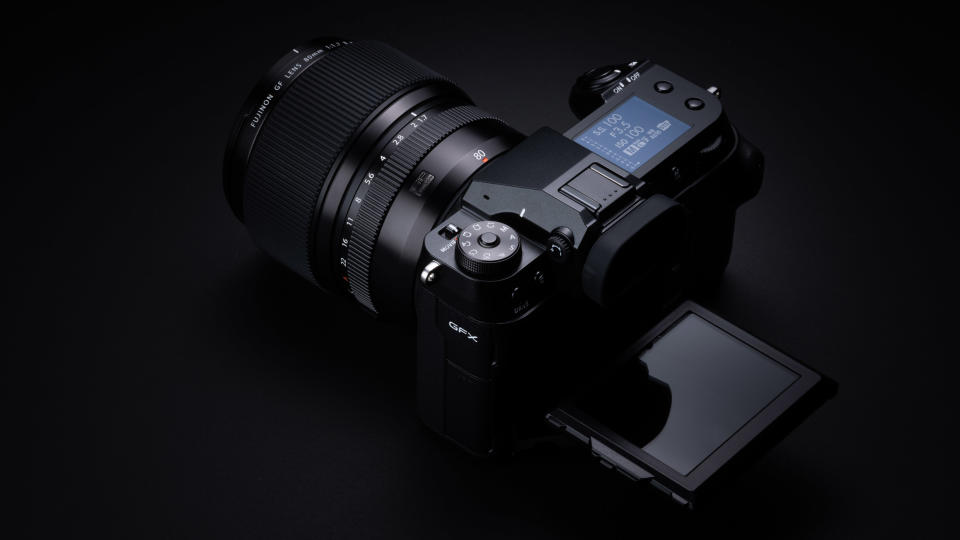
1: Fujifilm GFX 100S, a genuine breakthrough
You can still look at the specs for the Fujifilm GFX 100S and go ‘wow’. The GFX 100 II beats it for video, processing speed, viewfinder resolution, burst rate and more, but if what you actually want is rock-solid build quality, 100MP resolution and everyday handheld usability, the GFX 100S still delivers – and at the most ridiculous knock-down prices right now. See our Fujifilm GFX 100 II vs GFX 100S comparison for the full low-down.
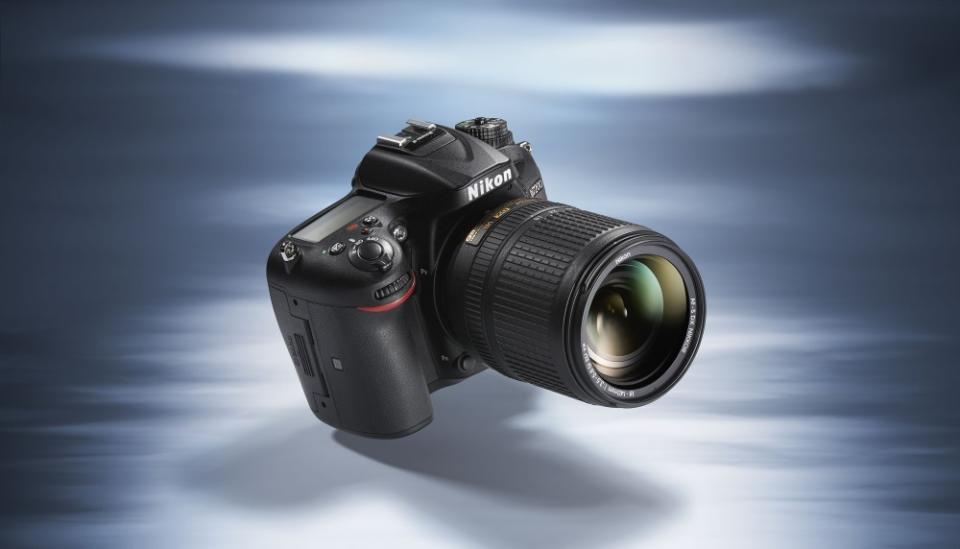
2: Nikon D7200, dumped for a lesser camera
I say a lesser camera, I mean the Nikon D7500. That’s only my opinion, of course, but I feel Nikon made a big mistake in replacing the 24-megapixel D7200 with the 20-megapixel D7500. The reasoning was that the 20MP sensor gave better burst speeds, high ISO performance and 4K video. But now the D7200 looks like a high water mark for APS-C DSLR design, while the D7500 is a lukewarm has-been. Selling my D7200 was the worst mistake I ever made. See our Nikon D7200 vs D7500 comparison for all the details – we were in two minds even then.
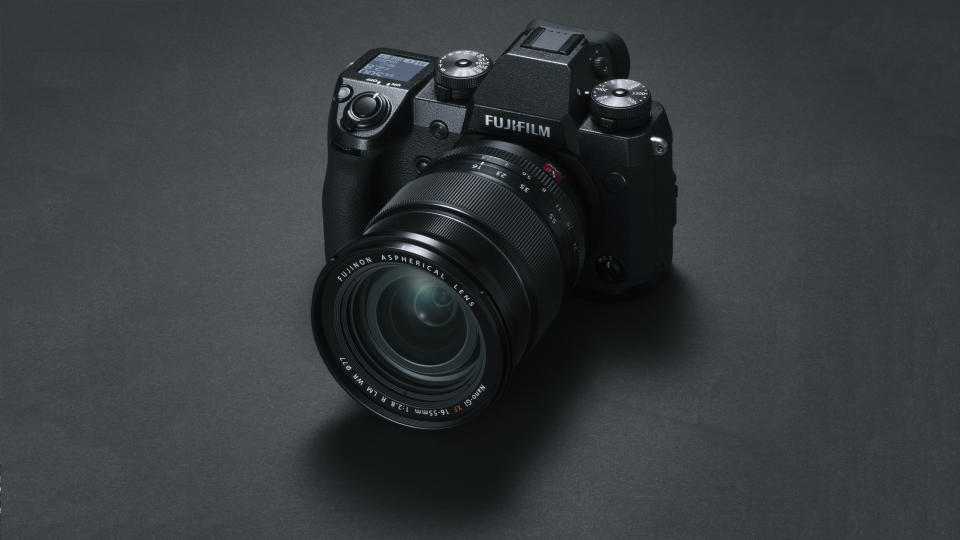
3: Fujifilm X-H1, the perfect X-series pro camera all along
I don’t think the Fujifilm X-H1 did very well, judging by how quickly prices dropped and how soon it disappeared from the range. At the time, it was up against the Fujifilm X-T2 and, apart from adding IBIS, it didn’t seem to do much extra. But now, way down the line, we have the X-H2 and X-H2S. Both massively more advanced, of course, and with the same form factor as the X-H1… but not the same external exposure controls. The X-H2 and X-H2S have gone for mainstream mode dial operation, while the X-H1 was classic Fujifim. Read our Fujifilm X-H1 vs X-T2 comparison for more.
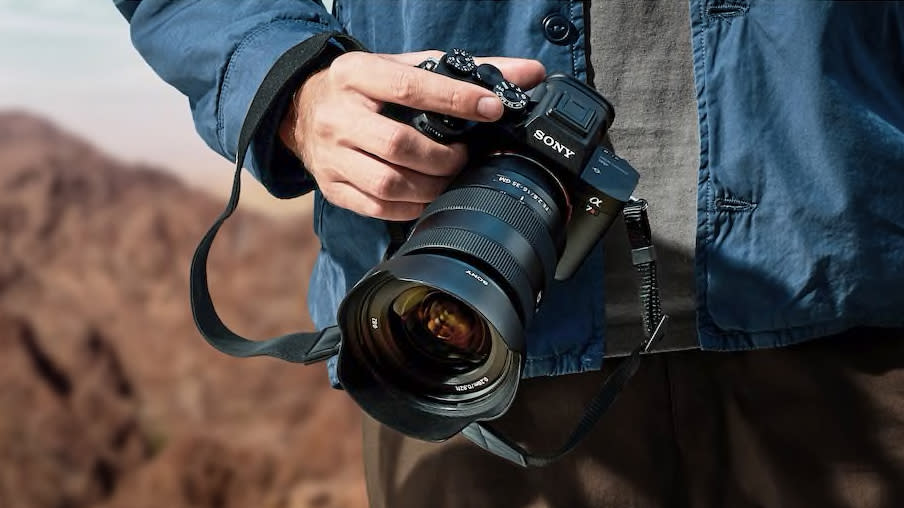
4: Sony A7R IV – did we really need the A7R V?
For sure, the Sony A7R V adds more POWER, which does seem to be a Sony obsession right now, but is it a better camera? Our Sony A7R IV vs A7R V comparison confirms the newer camera is better in a lot of little ways, but in the single BIG way, which is that 61MP sensor, it’s not better at all. With the Sony A7R V you might be buying into a lot of new and marginally relevant features (for you) rather than any improvement in the thing you want most.
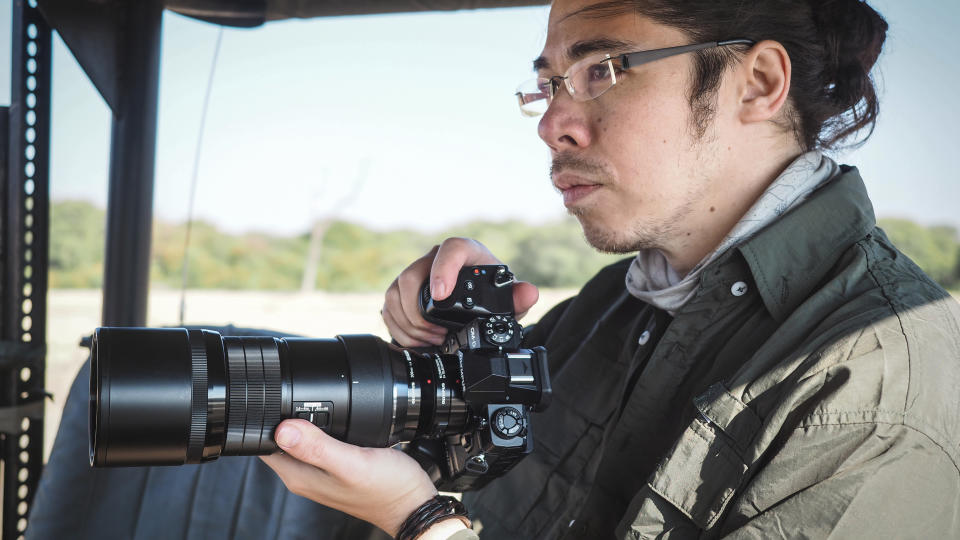
5: Olympus OM-D E-M1X, a great camera treated badly
Yes, it’s true, the OM-D E-M1X was a supersized MFT camera that people thought made no sense. It was never going to beat the likes of the Canon EOS-1D X III in the sports market with that tiny MFT sensor (we thought). And yet, actually, it did make sense with hindsight. It’s the right shape for big lenses, which is what it was made for, and those big lenses (and the E-M1X itself) were and are way cheaper and lighter than full frame camera equivalents. The newer OM System OM-1 and its stacked sensor are better on paper, but not in the hand, which is where it counts for this kind of photography. Sorry, E-M1X, we were wrong. We miss you.
Of course, all this is just my opinion. But I have used a lot of cameras over the years, and the more cameras I use, the more I realize that the qualities I look for can’t be summed up in bullet points or spec sheets. I’ve also realized that the genuinely great cameras only become apparent over time, and sometimes too late.

